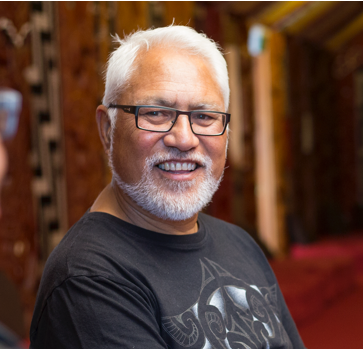Status of Māori land
Overview
Te Ture Whenua Māori Act 1993, s 4 (definition of “Māori land”), s 129
There are two types of “Māori land” – namely, Māori freehold land and Māori customary land. However, a third category of land – General land owned by Māori – is also subject to some of the provisions of Te Ture Whenua Māori Act.
Māori freehold land
This is land where Māori customary interests have been converted to freehold title by the Māori Land Court or its predecessors by a freehold order. This land has therefore never been out of Māori ownership. Most Māori freehold land titles were created by the Land Courts in the 19th and early 20th centuries as part of a drive to convert communal ownership to individual title. Māori freehold land continues to be Māori land until the Māori Land Court changes its status.
Today almost all Māori land is Māori freehold land. There are about 1.47 million hectares of Māori freehold land, which makes up roughly five percent of all land in Aotearoa.
Māori customary land
This is land that is held by Māori in accordance with tikanga Māori and that was never converted to Māori freehold land by the Land Courts, so that Māori have the same title to it as they had in 1840. Very little Māori customary land exists today and therefore in practical terms “Māori land” primarily means Māori freehold land. In 2020 there were only 38 blocks of Māori customary land, totalling 1204 hectares.
General land owned by Māori
“General land” refers to ordinary privately owned freehold land, and the category “General land owned by Māori” means General land that is now beneficially owned either by one Māori person or by a group of people the majority of whom are Māori.

